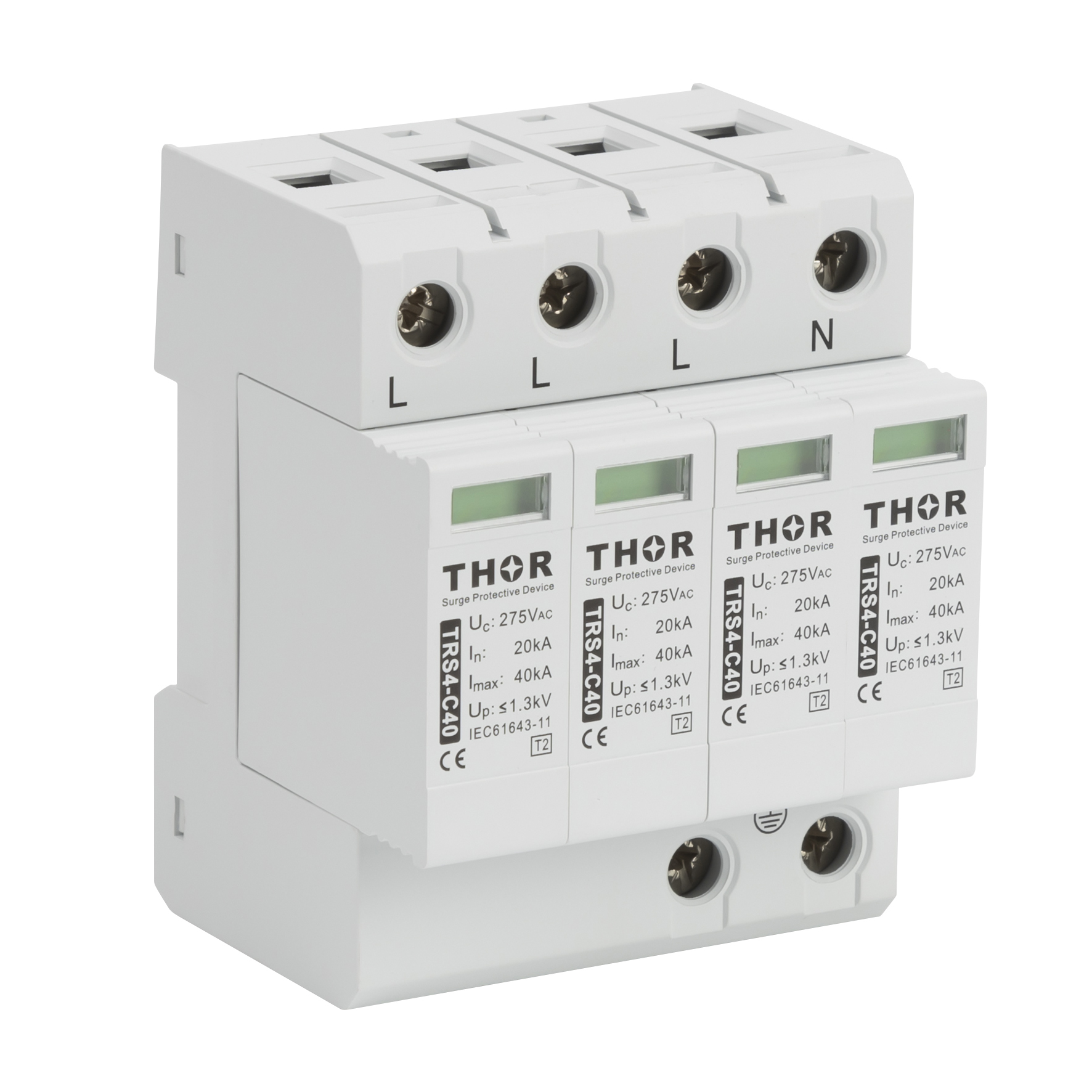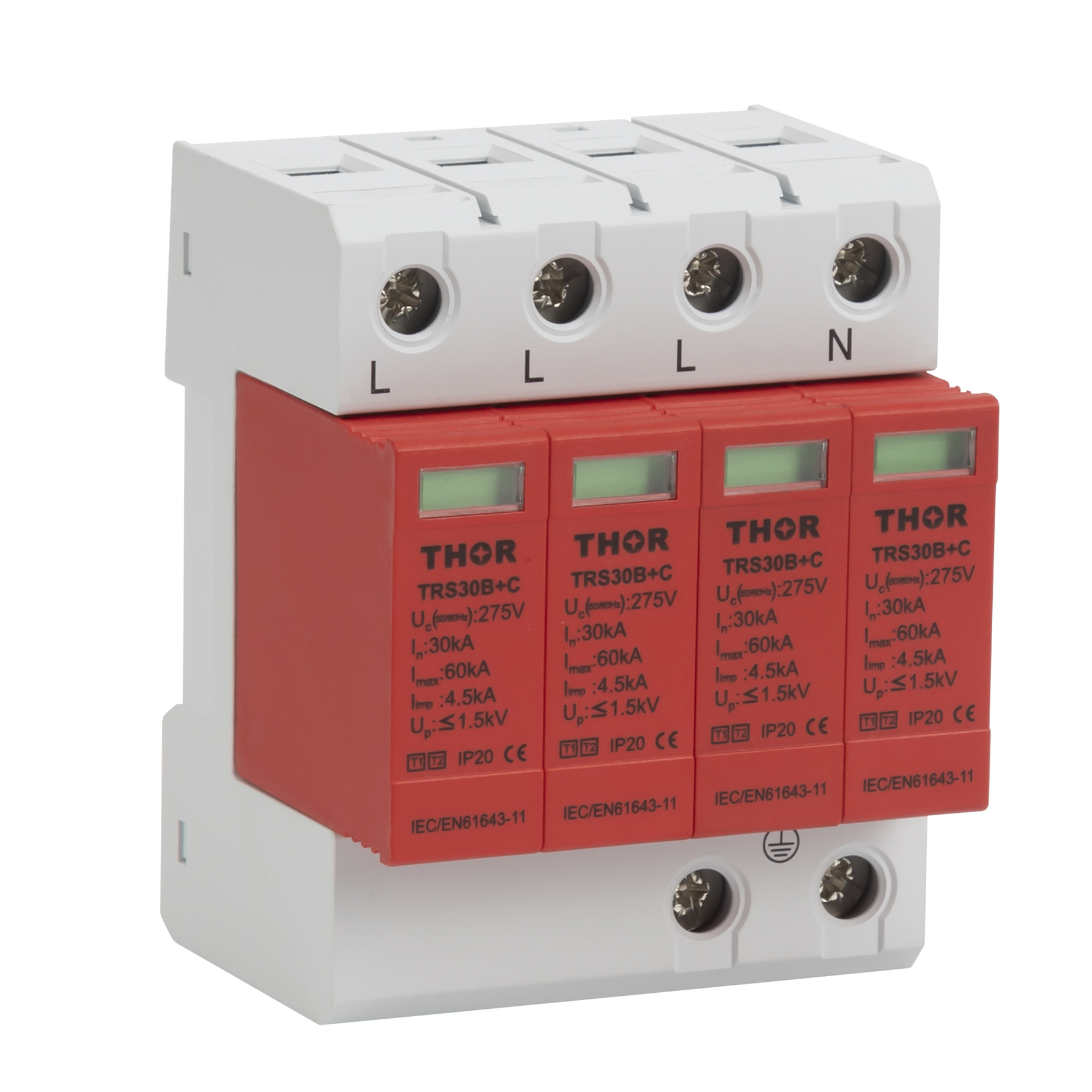DC surge refers to the phenomenon of voltage or current rising sharply in a short period, usually occurring when the power is switched on instantly or the load changes suddenly. Its main causes include instantaneous switching and load changes, leading to voltage or current spikes in the circuit, severely damaging electronic devices. Statistics show that 70% of circuit board failures and 30% of motor failures are related to DC surges. Engineers commonly use surge protectors, soft starters, filters, and voltage regulators to slow down the current rise and stabilize voltage fluctuations.
Basic Concept
DC surge refers to a phenomenon where voltage or current in a DC circuit rises sharply in a short period. When the power switch is turned on instantly, the voltage can reach 5 to 10 times its rated value. For example, in a 12V DC circuit, the surge voltage can reach 60V or higher, causing capacitors to break down or damaging semiconductor devices. Studies show that over 70% of circuit board failures are related to such surges. In frequently operated 12V DC circuits, surge voltage can occur hundreds of times per second.
During motor startups, especially high-power motors, the starting current is usually 3 to 7 times the normal operating current. For example, a motor with a rated current of 10A may have a starting current of 30A to 70A. In industrial environments, a 5kW motor can have an instantaneous current peak of up to 100A during startup. Such surges can significantly impact motor lifespan and power system stability.
Engineers use surge suppressors or soft starters to reduce the impact of surges. In circuits with surge suppressors, surge current can be reduced by more than 70%, lowering equipment failure rates. Filters and voltage regulators smooth out current and voltage fluctuations. Dual-stage filters in high-precision equipment can reduce surge voltage by more than 80%, increasing the mean time between failures (MTBF) by 50%.

Causes
DC surges can be caused by instantaneous switching and load variations. When a switch is turned on instantly, inductive and capacitive components generate current or voltage spikes. For example, in a circuit with 10mH inductance, the current can reach 4 to 6 times the rated current, causing surge currents of 20A to 30A if the rated current is 5A. This can overheat and damage components. About 20% of electronic device failures are due to such surges.
Load variations, such as starting or stopping a high-power motor, also cause surges. A 1kW motor start can cause current to jump from 0 to 30A instantly, leading to transient overloads and voltage fluctuations. These fluctuations can damage other devices on the same power supply. Approximately 35% of equipment damage in industrial environments is due to surges from load variations. Engineers use filters or voltage regulators to smooth out these fluctuations and protect equipment.

Common Manifestations
DC surges manifest as voltage spikes and current surges.
Voltage spikes:
- Occur when a power switch is turned on instantly or load changes suddenly.
- For example, a 12V power supply can spike to over 60V.
- Some circuits can experience spikes exceeding 100V, over 10 times the rated voltage.
- These spikes can damage capacitors and semiconductors, causing premature failure or destruction.
- ANSI reports that over 50% of electronic device failures are due to voltage spikes.
Current surges:
- Common during motor startups or sudden load changes.
- A DC motor with a rated current of 10A can have a starting current up to 70A.
- This surge can blow fuses or trip protection devices.
- Approximately 30% of motor failures in industrial environments are due to surge currents during startups.
- Surge currents affect motor lifespan and power supply system stability, causing device malfunctions.
- Engineers use surge protectors and soft starters to control these surges and protect equipment.
